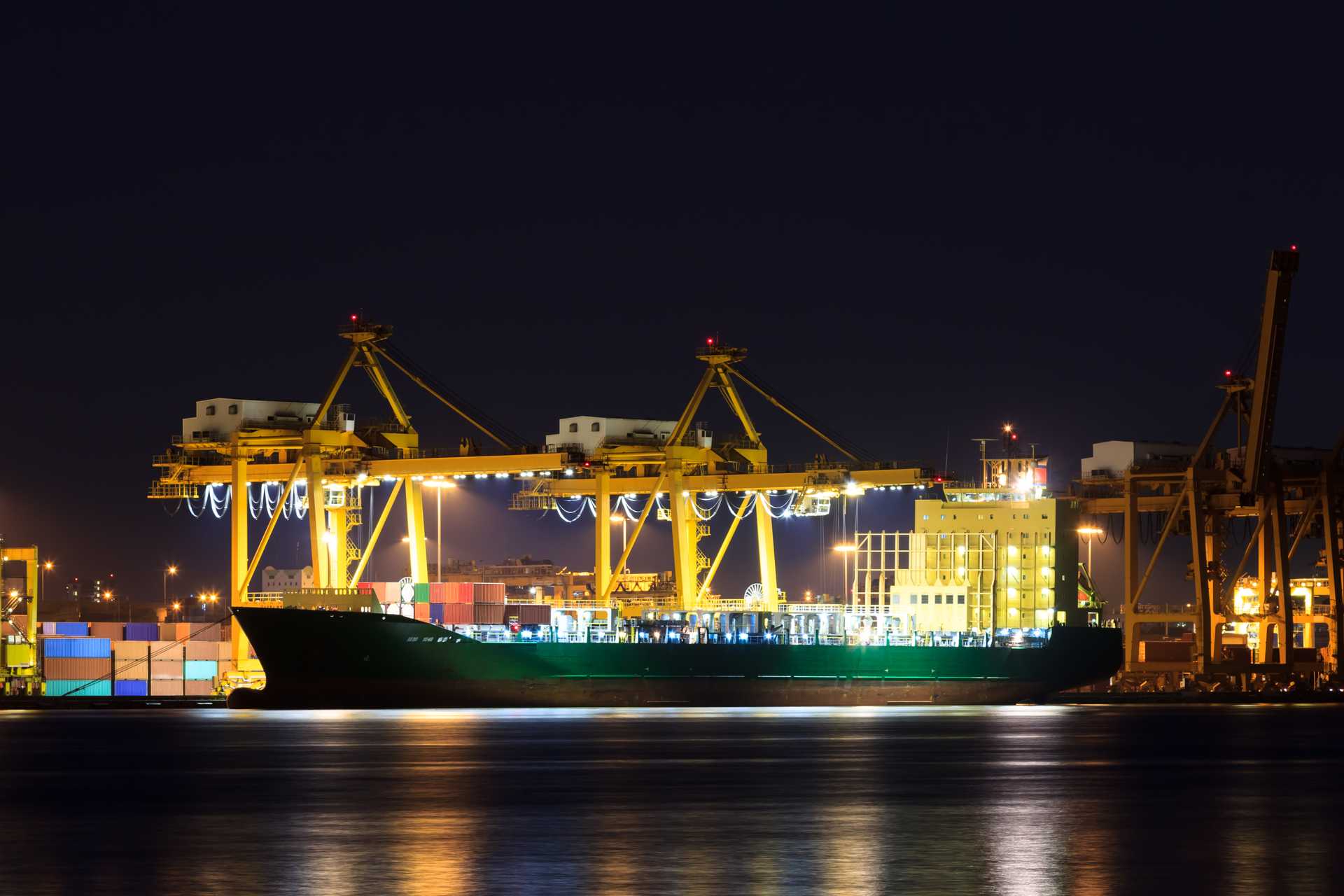
Articles
Streamlining Your Supply Chain
5.10.2023
With the holiday season soon upon us, how can you optimise your supply chain to get the most out of potential sales?
We look at production, inventory management, warehousing and cross-border payments to help you turn your festive eCommerce opportunities into revenue.
Production Problems
Recent geopolitical events and other concerns such as the pandemic and economic stresses have highlighted the risk of over-reliance on one production hub, and made diversification astute.
Supply chains are being rethought and diversified, and visibility is being improved so as to avoid sanctions. All this means the manufacturing sectors in countries like Vietnam, Egypt, Turkey and Mexico are benefitting from the desire to spread risk and not have all your eggs in one basket.
If your production currently solely entails one country, start researching other countries’ regulations and specialities now. Also take a look at the average age in that country, as one where the majority are at or soon-to-be at working age will have a larger percentage seeking employment and a smaller percentage being supported by pensions, meaning those economies can expect to thrive.
From those listed above, think Venezuela and Egypt for oil, and Vietnam, Turkey and Mexico for machinery (though obviously more research should be put into each). To avoid potential hiccups, make sure that your business isn’t dependent on distributing products that may be rejected at borders, and that your inventory management and documentation support this.
It will also help to diversify manufacturing, so that if one jurisdiction is sanctioned, you don’t have to stop production entirely, and can instead ramp up elsewhere.
Inventory Inconveniences
Inventory management is a less-encompassing term than supply chain management, in that supply chain management defines the flow from raw goods and sourcing all the way through to final distribution, while inventory management focuses on the receiving, tracking and storing of ready-made products, plus the relevant data.
Effective inventory management means your products are where they need to be, when they need to be there. As well as making business run more smoothly, this builds customer loyalty and leads to repeat business.
A common flaw that leads to reputational damage and lost business is bad inventory management, stemming from expiration of goods, inaccurate stock-taking, poor storage (both geographical and in terms of climate), inaccurate tracking, improper forecasting, lack of inventory receiving procedures and lax stock checking.
With use of AI, blockchain and other technologies, you can streamline your workflow and anticipate what you’ll need and where you’ll need it, overcoming these pitfalls without adding too much manpower or complexity.
Warehousing Woes
Unsold merchandise needs to be stored (obviously) and transported from where it’s manufactured to where it’s sold (also obviously). Between making and selling a product, all that time is sunk cost, so anticipating stock requirement is vital.
Another consideration that must be taken into account is where to warehouse goods. Near their factory makes sense initially from a logistical point of view, but if your product will be requested on another continent on short notice, as with production, it probably makes sense to diversify (though markets with higher demand and prices probably have higher warehousing costs).
Further, when choosing a warehouse, it’s important to note that not all are equal. Those which utilise robust warehouse management systems (WMSs) – software that optimises warehouse operations – will accept, store and ship your products more quickly and safely than those that don’t. The complexity of your business needs will dictate your WMS requirements, so if you sell a few basic products from your SME, it’s fine to find a warehouse that uses standalone WMS (the most commoditised) rather than a cloud-based or on-site WMS (the most bespoke).
Further, in the event that your product has a shelf life, you’ll want to know that the processes in place will mean that your product is distributed in the correct order. It’s also vital to look into the warehouse’s interior climate control, quality assurance, responsiveness in the event of issues and insurance. This may justify the added cost of a warehouse that uses a more bespoke WMS.
Cross-currency Conundrums
With raw materials, production, warehousing and distribution all potentially involving different countries, you’ll need a way to pay everyone in your supply chain in a currency and at a time that suits them.
Solely buying from and selling to your local market severely limits your options, and in today’s world will inevitably lead to your product being priced out of the market by a competitor that does take advantage of modernity’s connectivity.
eCommerce giants like Amazon will provide a platform you can use to widen your market, as well as payment gateways that can put both your mind and clients’ minds at ease, but enabling gateways and banks to determine your FX rates will inevitably be extremely costly: either for you, thinning your profit margin; or for your customers, incentivising them to look elsewhere.
Using Currenxie lets you get bank payments directly from customers, send mass global payments and connect to eCommerce stores and payment gateways, helping you grow. This is particularly useful if you’re looking to diversify your supply chain to limit reliance on a particular supplier or market.
On top of this, accounts are free to open and operate, transfers are administered at a low rate and FX is at a mid-market rate with no hidden fees. All this means that you can pay internationally along the entire supply chain process in currencies and at times that suit all parties.
—
For more information on Currenxie services and how they can amplify your services and savings, get in touch here or apply for a Currenxie Global Account here.

